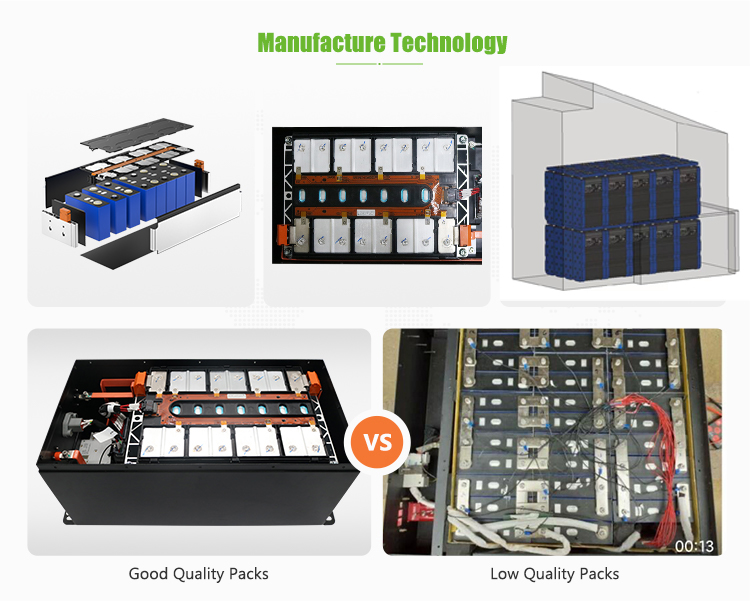- 09
- Dec
Is the nuclear decay of a ternary lithium battery really inevitable?
The decay rate of ternary compounds is irreversible. Here, we still have to start from the structure of the battery. Ternary lithium batteries use ternary polymers, including nickel, cobalt, and manganese (or aluminum) as cathode materials. According to the working principle of the ternary lithium battery, when the battery is charged, the lithium ion data in the positive electrode flows out from the positive electrode and enters the negative electrode graphite through the gap; lithium ions escape from the anode graphite and return to the anode data through the gap.

With the progress of the charge and discharge process, lithium ions are continuously inserted and ejected from the positive and negative electrodes. Taking the battery as an example, when the power is exhausted, a charging cycle is completed during the charging process, resulting in the exhaustion of the battery. For example, the cycle life of a ternary lithium battery is about 1,000 times. When the battery is used once, the total battery life is reduced by one time, leaving 999 times remaining. For example, after each cycle, the battery will decay, which is irreversible.
For example, the internal electrolyte will decompose to a certain extent. When the electrode activity data in the battery is inactivated, the positive and negative structure of the battery will be destroyed, resulting in a reduction in the number of lithium ion embedding and de-embedding.
The overall battery status, as well as the actual use of the battery, if the battery can only perform 1000 cycles of charging and discharging, charging and discharging cycles, the capacity of the battery pack will appear to be attenuated. According to the driving distance, that is to say, it can only run on full charge. The distance to the first point. Since battery decay is irreversible, the appearance of the appendix can only be replaced on the battery.
与 此 原文 有关 的 更多 信息 要 查看 其他 翻译 信息, 您 必须 输入 相应 原文
